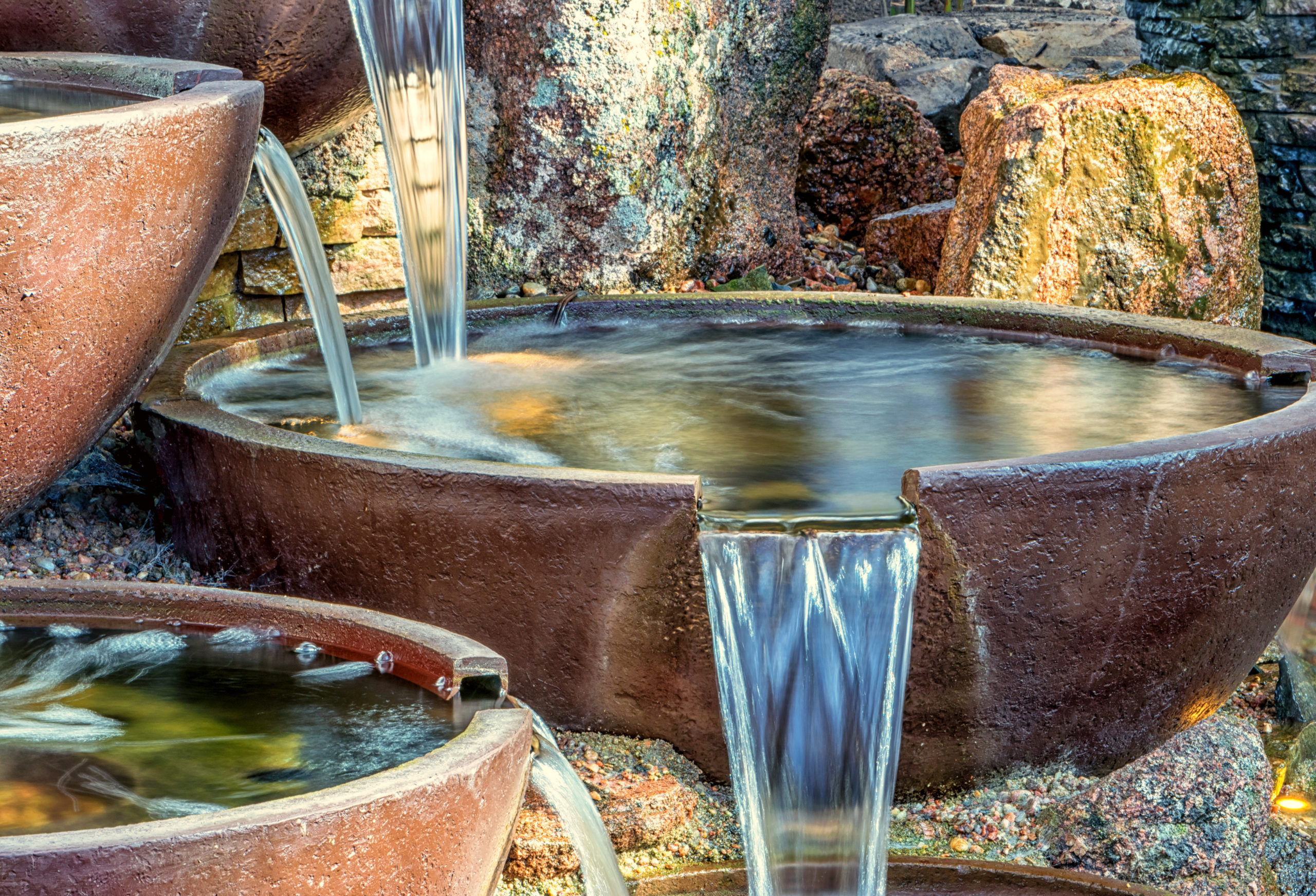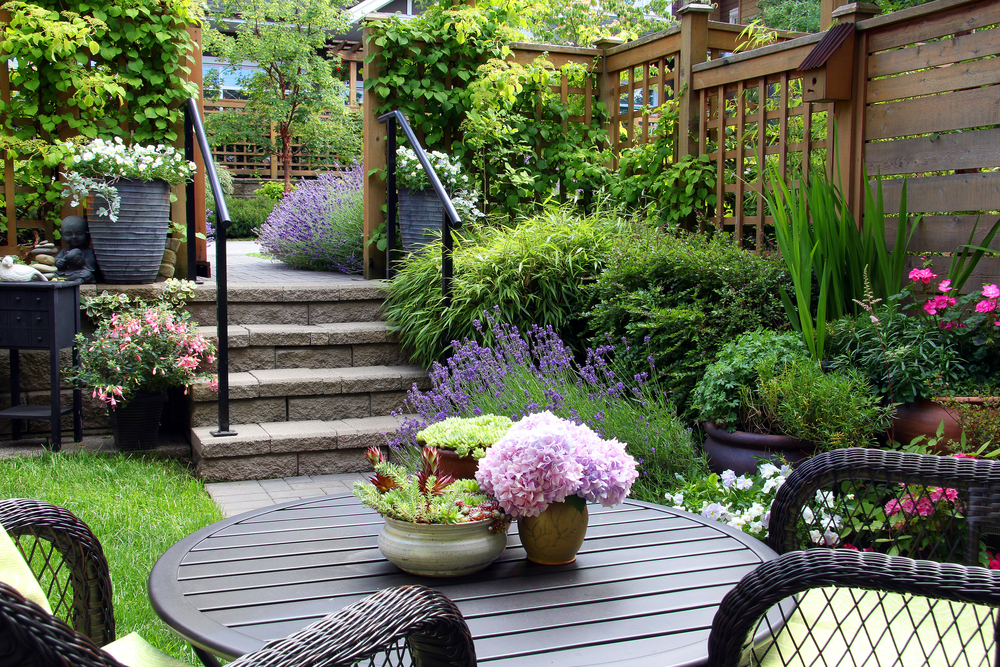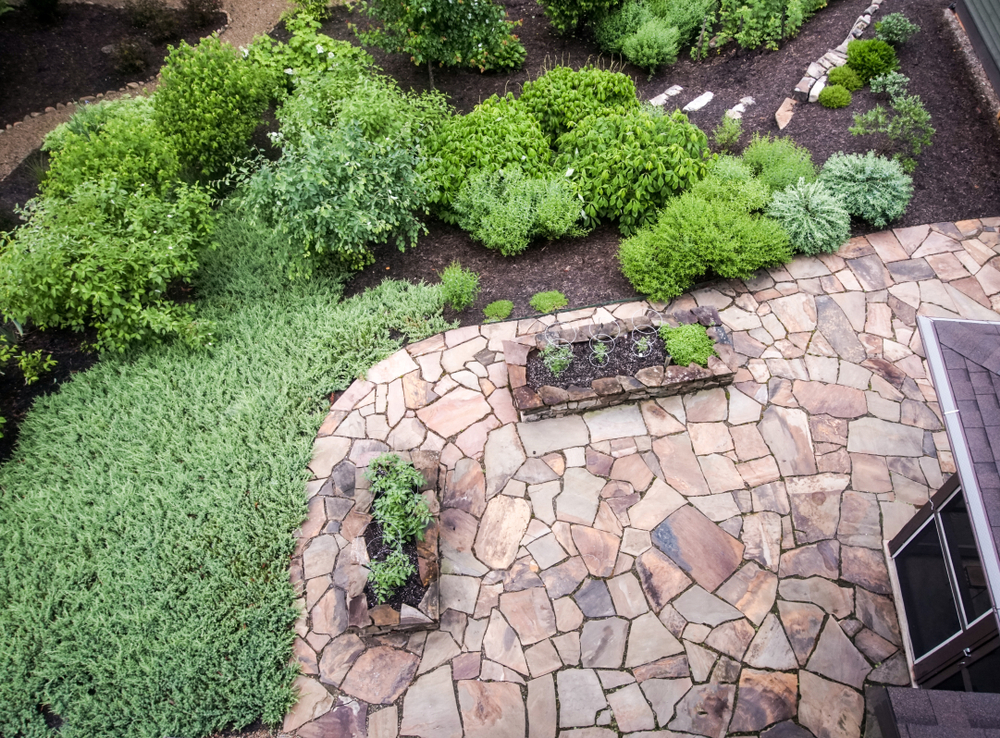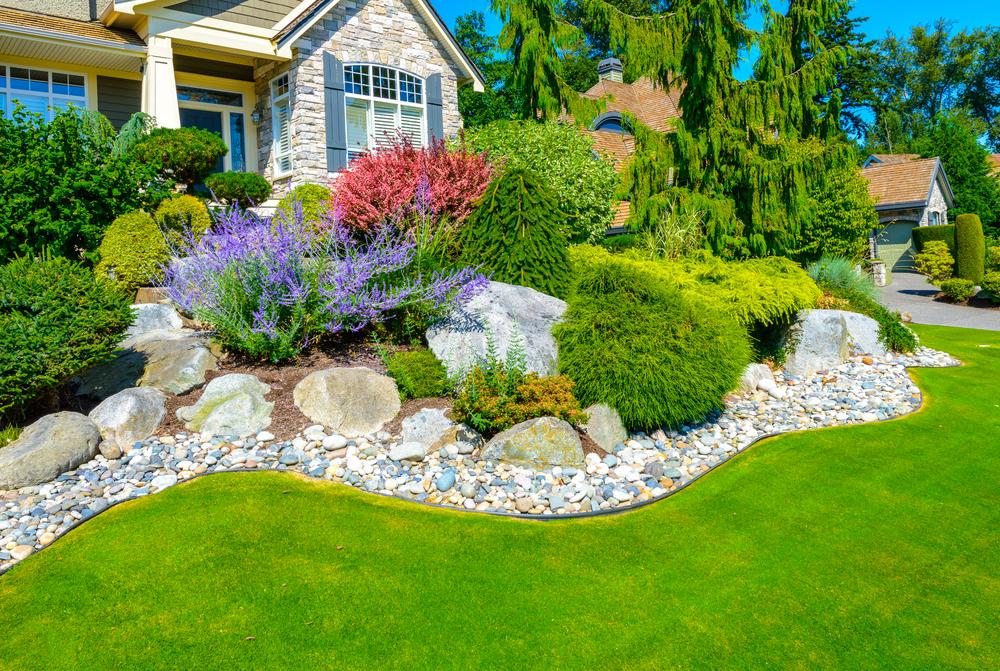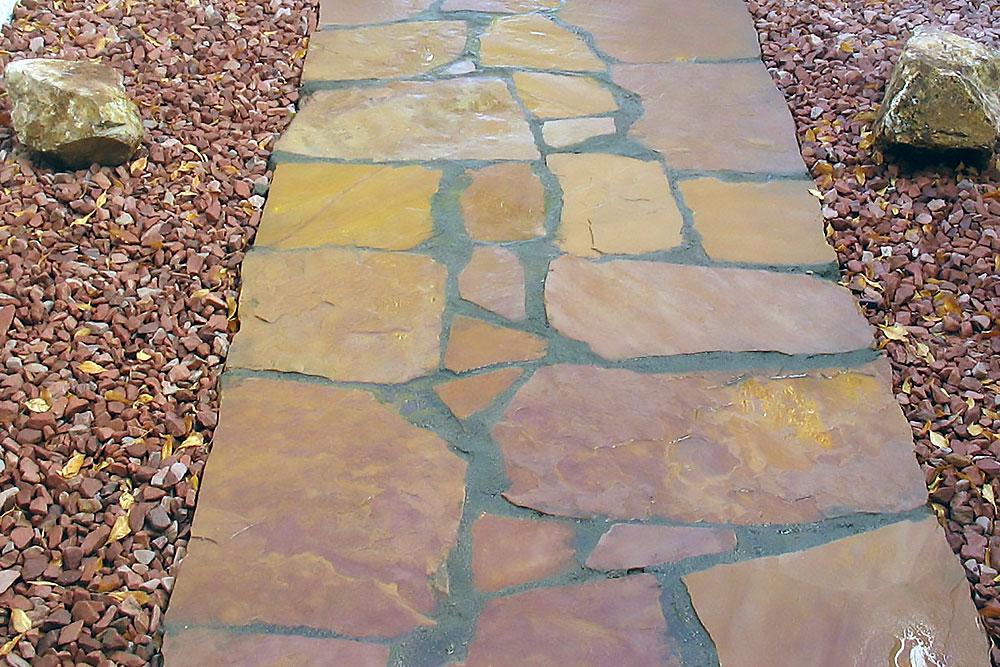Keeping Algae Out of Your Water Features
You may have green algae and wonder how to remove it or keep it from getting started. These can be a problem for water features, rocks and pavers in Las Vegas. Here are specific tips for algae prevention or removal in ponds, fountains, and birdbaths.
How to Prevent Algae in Garden Fountains
If you can, place the fountain in a shaded location. Also use distilled water, which starts out without the nutrients or waste materials algae love, unless the fountain has too much capacity for this to be practical.
Add plants or fish. Plants will filter the sun, and fish will eat algae. Or use an algaecide or products made from barley.
Clean the fountain every one to three months to remove waste materials and algae-friendly nutrients. Turn off the fountain and remove the pump, and any loose stones or decorative features. Clean with little mild soap and water and a non-abrasive sponge. Then flush.
How to Prevent Algae in Bird Bath Water Features
Copper pennies may help if they’re from before 1982 when copper was still the main material. You can also use other copper coins or copper tubing. Do not include fish in any water that has copper added to it. You can use birdbath cleaners, which employ helpful bacteria and enzymes.
Prevent Algae in Water Features Like Water Gardens and Large Ponds
You can use submersible dispensers in small ponds, which treat up to 2,500 gallons for one month. For large ponds, consider using a biodegradable Aquasphere float. If you have algae blooms, try Blast, which contains a concentration of beneficial bacteria.
How to Prevent Algae on Pavers
1. Make sure that pavers have a slight slope to drain water off. Dig shallow drainage channels.
2. Prune plants, shrubs, and trees that might be blocking sunlight.
3. Unwanted green material is likely a combination of algae and fungus, or lichen, which is a combination of algae and fungus.
4. Try sweeping away the materials and then using plain water.
5. If these do not work, place plastic sheeting to protect plant roots, and then try 1 cup of bleach in 1 gallon of water and clean with that.
6. If your pavers change color after bleaching, apply 5% white vinegar.

